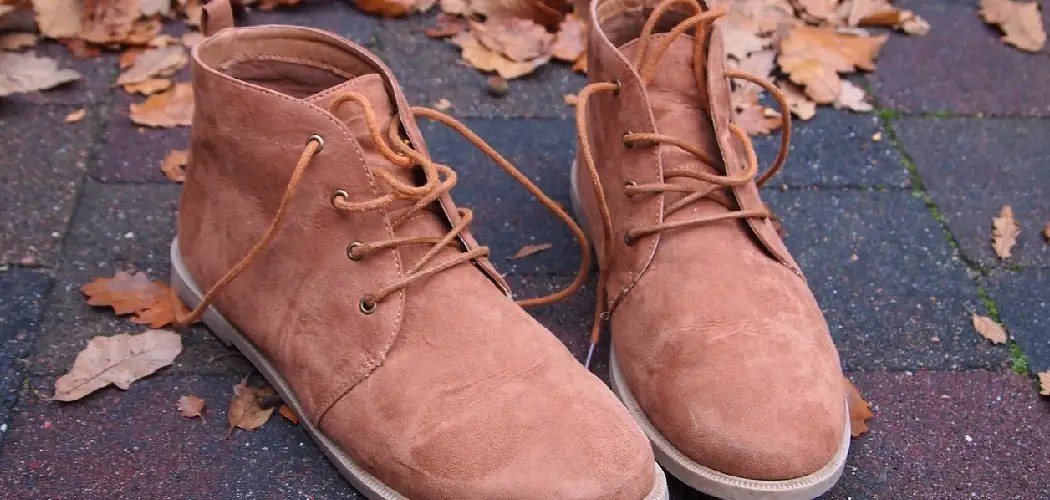Keeping your shoes looking fresh and well-maintained is easier than you might think, especially when it comes to cleaning the foam components. Foam, often used in midsoles and cushioning, can gather dirt and stains over time, impacting the overall appearance of your footwear. A well-executed cleaning routine not only prolongs the life of your shoes but also enhances their aesthetic appeal.
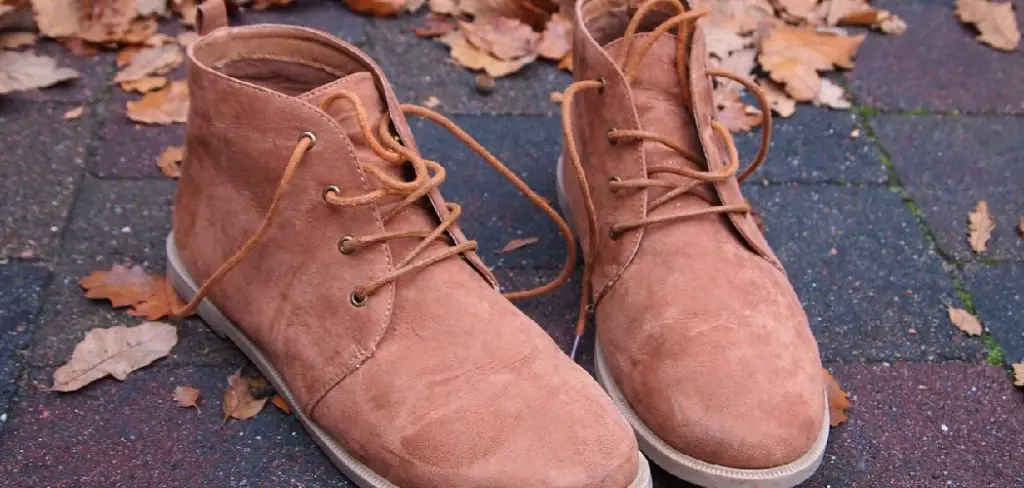
In this guide, we will walk you through how to clean foam on shoes, using simple methods and tools that you can easily find at home. Let’s ensure your favorite pair stays in top-notch condition with just a bit of care and attention.
What Is Foam on Shoes and Why It Gets Dirty
Foam is a popular material used in the construction of shoes, primarily for its lightweight and cushioning properties. It is commonly found in the midsoles and inner soles of footwear, providing comfort and support to the wearer. Despite its advantages, foam is also prone to getting dirty because it is a porous material that can absorb moisture, dust, and dirt from the environment.
Everyday wear exposes the foam to various elements, including mud, sweat, and pollutants, which can accumulate over time. This not only diminishes the appearance of the shoes but can also affect their performance and longevity if not regularly cleaned. Understanding the composition and susceptibility of foam materials helps in adopting an effective cleaning regimen, ensuring your shoes remain comfortable and appealing for a longer period.
Importance of Keeping Foam Components Clean
Maintaining the cleanliness of foam components in shoes is crucial for several reasons. Firstly, clean foam not only improves the visual appeal of your footwear but also enhances performance by maintaining the material’s flexibility and shock absorption properties. Dirt and grime buildup can lead to the degradation of foam, causing it to lose its supportive qualities over time.
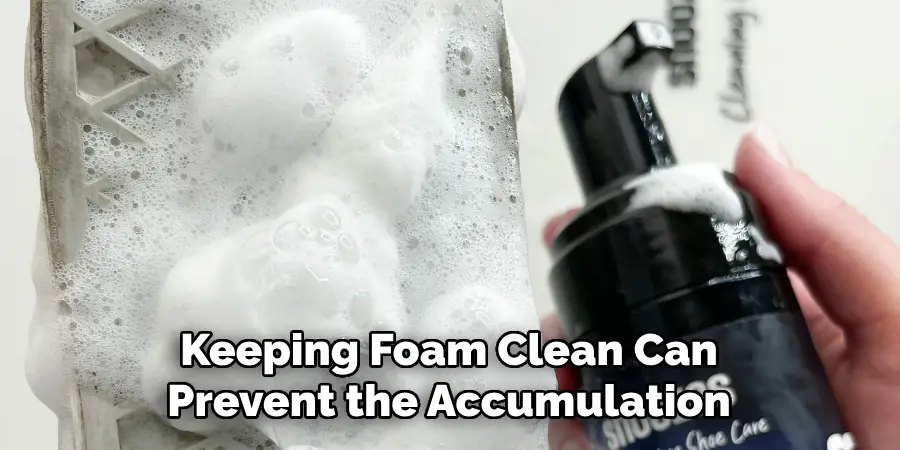
Moreover, keeping foam clean can prevent the accumulation of bacteria and odor, promoting better foot hygiene. Regular cleaning helps in preserving the shoe’s structural integrity, thus extending its lifespan and ensuring comfort and functionality during every wear. Therefore, investing time in cleaning foam components can lead to a more enduring and pleasant shoe-wearing experience.
10 Methods How to Clean Foam on Shoes
1. Assess the Foam Type
Before cleaning, it’s essential to assess the type of foam your shoes have. Some shoes feature memory foam insoles, others have EVA (ethylene-vinyl acetate) foam midsoles, and some athletic shoes incorporate foam in their uppers or cushioning. Each type of foam has different cleaning needs, so understanding what material you’re dealing with will help guide your cleaning approach.
For instance, memory foam is more delicate and can absorb water easily, while EVA foam is more durable but can still stain or yellow over time. By identifying the foam type, you can choose the appropriate cleaning method that won’t damage the material.
2. Remove Surface Dirt Before Cleaning
Before diving into deeper cleaning, start by removing any surface dirt from the foam. Use a soft-bristle brush, a dry cloth, or a toothbrush to gently brush away loose dirt, dust, or debris from the foam areas. This step is crucial because applying water or cleaning solutions to dirty foam can lead to stains or push the dirt further into the material. By thoroughly brushing the foam, you reduce the chances of embedding dirt into the shoe, making the subsequent cleaning steps more effective. Be gentle during this process, especially with delicate foam, to avoid tearing or damaging the surface.
3. Create a Gentle Cleaning Solution
Once the surface dirt is removed, the next step is to create a gentle cleaning solution. For foam, it’s best to avoid harsh chemicals or abrasive cleaners that could weaken or deteriorate the material. Instead, mix a small amount of mild liquid detergent or dish soap with warm water. This solution is gentle enough to clean the foam without causing damage, yet effective enough to lift dirt and stains. Avoid using bleach or other strong chemicals, as they can discolor or degrade the foam, especially if it’s a light color.
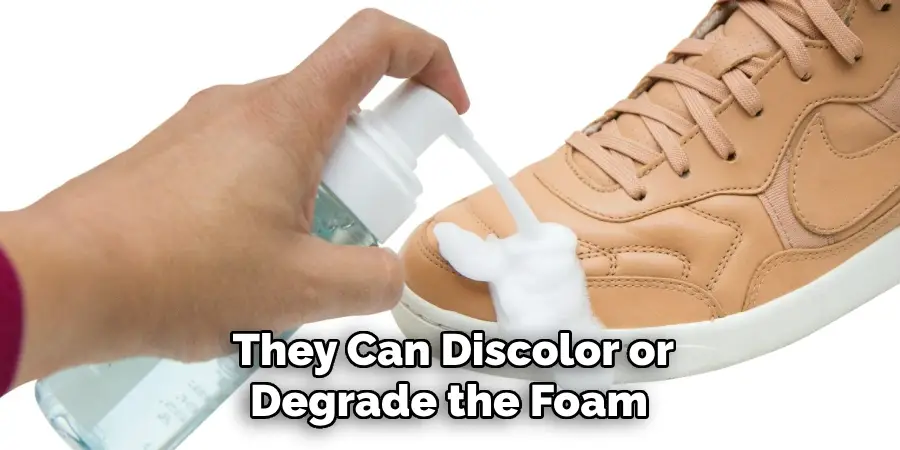
4. Use a Soft Sponge or Cloth for Cleaning
When cleaning foam on shoes, it’s important to use a soft tool that won’t damage the material. A soft sponge or microfiber cloth is ideal for this task, as they are gentle on the foam while still providing the scrubbing power needed to remove dirt. Dip the sponge or cloth into the cleaning solution and wring it out so it’s damp, not soaked. Lightly scrub the foam in circular motions, focusing on areas with stains or dirt buildup. Avoid using too much pressure, as foam is a delicate material and can easily tear or compress if scrubbed too hard.
5. Spot Clean Stubborn Stains
If you’re dealing with stubborn stains on the foam, spot cleaning is a useful technique. Take a small amount of the cleaning solution and apply it directly to the stained area with a soft-bristle toothbrush or cloth. Gently work the solution into the stain using circular motions. For tougher stains, let the solution sit on the foam for a few minutes to help loosen the dirt.
After allowing the cleaning solution to work its magic, use a damp cloth to wipe away the residue. Repeat this process until the stain is completely removed, being careful not to oversaturate the foam with water.
6. Use Baking Soda for Odor Removal
If the foam on your shoes has absorbed unpleasant odors, especially in the insoles or midsoles, baking soda can be an effective solution. Sprinkle a generous amount of baking soda directly onto the foam and let it sit for several hours or overnight. Baking soda is a natural deodorizer that helps absorb moisture and neutralize smells. After letting it sit, simply shake off the excess baking soda or use a vacuum with a soft brush attachment to remove it. This method works particularly well for foam insoles, which can trap sweat and bacteria over time.
7. Avoid Excessive Water Exposure
Foam is a porous material that can absorb water quickly, leading to prolonged drying times and potential damage. When cleaning foam on shoes, it’s crucial to avoid soaking the material in water or oversaturating it with cleaning solutions. Excess water can cause the foam to lose its shape, become heavy, or even develop mold or mildew if it doesn’t dry properly.

Use a damp cloth or sponge instead of directly immersing the foam in water, and always blot excess moisture with a dry towel after cleaning to speed up the drying process.
8. Use a Magic Eraser for Light Scuff Marks
A magic eraser is a highly effective tool for removing light scuff marks and dirt from foam soles, midsoles, or even uppers. Magic erasers are made of melamine foam, which is slightly abrasive and works like fine sandpaper to lift dirt and marks from the surface of foam materials. To use a magic eraser, dampen it with water and gently rub it over the affected areas of the foam. Be cautious when using this method, especially on colored foam, as magic erasers can sometimes fade the color if used too aggressively.
9. Air Dry the Shoes Properly
After cleaning the foam on your shoes, it’s essential to let them dry properly to avoid any lingering moisture that could damage the foam. Never use a dryer, as the heat can warp or shrink foam materials. Instead, air dry the shoes in a well-ventilated area away from direct sunlight, as excessive heat can cause the foam to become brittle or discolored. If the foam is part of the insole, remove it from the shoe and let it dry separately to ensure all moisture is eliminated. Stuffing the shoes with newspaper or paper towels can help absorb any excess water and maintain the shape of the shoe.
10. Maintain Regular Cleaning and Care
To keep foam on your shoes looking fresh and clean over the long term, it’s important to maintain a regular cleaning routine. Rather than waiting for dirt and stains to build up, take the time to wipe down your shoes after each wear, especially if you’ve been in muddy or dirty environments.
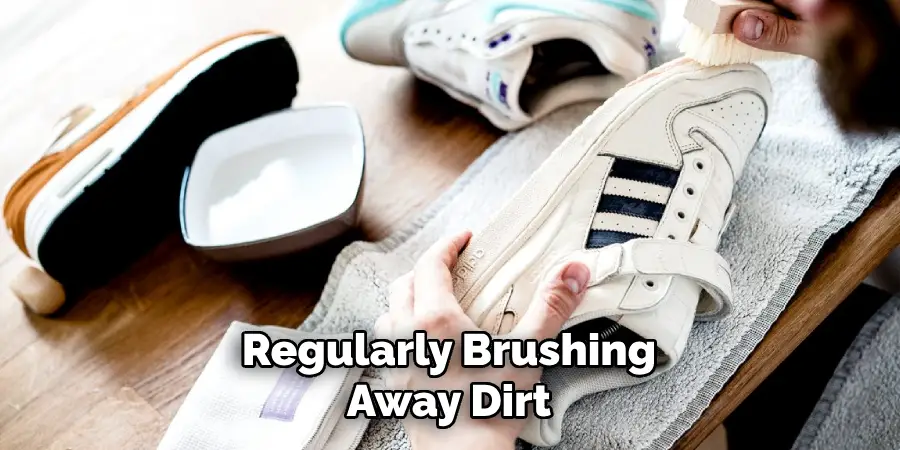
Regularly brushing away dirt and cleaning the foam will prevent stains from becoming too embedded, making it easier to maintain the shoes’ appearance. Additionally, store your shoes in a cool, dry place to avoid exposing the foam to moisture or extreme temperatures, which could degrade the material over time.
Conclusion
Caring for foam on your shoes is essential to prolong their lifespan and maintain their appearance. By following a regular cleaning routine that avoids harsh chemicals and excessive water, you can protect delicate foam materials from damage. Utilizing gentle cleaning solutions, tools, and techniques will ensure that dirt and stains are effectively removed without compromising the foam’s integrity. Additionally, incorporating methods like using baking soda for odor control and magic erasers for light scuffs will help keep your shoes fresh and presentable.
Thanks for reading, and we hope this has given you some inspiration on how to clean foam on shoes!

